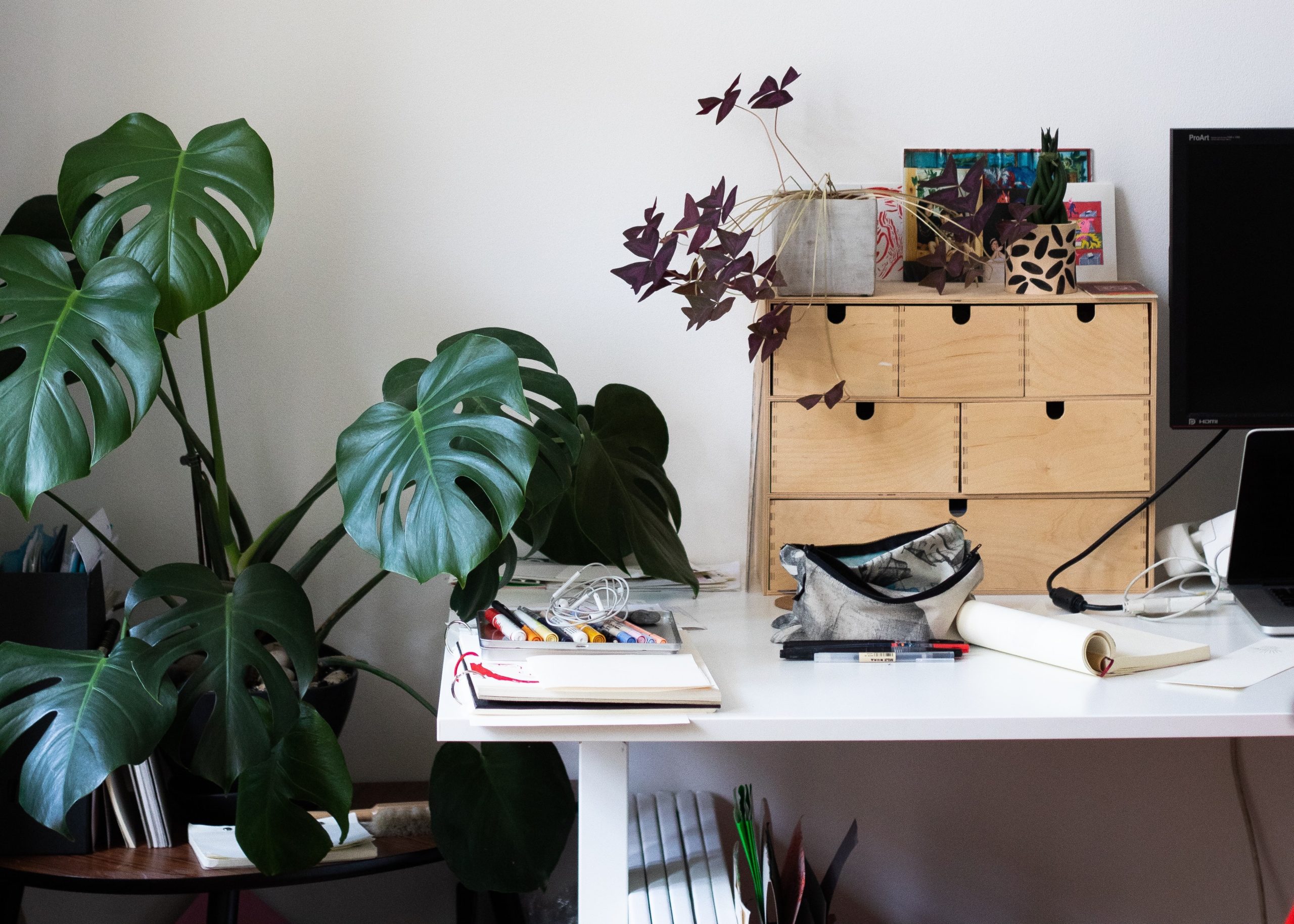7 Steps I Took To Actually Start A Viable Journalism Career

I’d wanted to be a reporter since I was seven years old, when I’d spend all my time writing fake news stories on our family computer. When I was 10, I got a job delivering papers. When I was 15, I spent my career day at a local community paper.
As I got older, I realized that getting into the field was easier said than done, and I prepared a few back-up plans (including teacher’s college), and chose to major in English instead of journalism in order to make myself a bit more versatile. I was lucky to land a permanent, full-time position at a magazine six months out of school, but had I not spent my post-secondary years taking my goal very seriously, it would have been a much longer road.
I often have people, whether it’s former classmates or my parents’ friends with kids in college, ask me for advice on how to get into reporting. Some really want to be creative writers, but see the jobs as two different parts of the same field (I disagree), but others are dead-set on life as a reporter. I wanted to put together a list of some of the things I did to prepare myself for my career, because there are a lot of misconceptions about the field.
Maybe you’re in J-school, maybe you’re majoring in English and are unsure of what you can do with your degree besides teach, or maybe you’re even contributing to TFD because you’re trying to build up your portfolio. The industry is changing, shrinking, and demanding more of those in it, but it’s not impossible. Here are some of the tangible steps I took to help get my career started.
1. Shifted the focus from blogs to my student paper.
Journalism is like any other industry: employers will claim to want three to five years of experience for entry-level jobs (pro tip: apply anyway). The easiest way to do this is a student paper, which can offer you a chance to conduct real interviews, source information independently, fact-check and copy edit — skills that are usually demanded and not taught on the job. If you’re looking to add to your portfolio, contributing to blogs might seem like great ways to start, but they’re not quite the best path to take specifically for reporting (although learning to blog will never hurt!). Don’t put all your time into learning how to write a strong blog when news stories are an entirely different challenge. If you’re not currently attending college, many student papers will still accept volunteers from the community as regular contributors, so don’t be shy.
2. Expanded the subjects I was willing to report on.
When I applied to my student paper, I thought I would have a better chance of being hired if I said I was willing to write in any section, even though (like most young writers) I wanted to be an arts and lifestyle writer. Little did I know that the punishment for people who did this was to put them on the campus and local news beat, which no one wanted. Instead of getting sent free concert tickets and writing pieces on new art galleries, I was spending my Fridays at board meetings and doing interviews with the registrar about course sizes. I didn’t expect to love it, but it turned out to be rewarding; I learned something new every day, and the position led me to better opportunities after graduation. Two years ago, I took a leap into another subject I’d previously written off: business reporting. That has turned into my favorite job so far, and it’s encouraged me to put my name forward for new opportunities more often. Versatility will do you absolutely no harm — and trust me, you’re about to enter a field where hundreds of people your age want to report on arts and lifestyle.
3. Learned basic coding.
You don’t have to be an expert, but knowledge of HTML and CSS and even Javascript (if you’re feeling adventurous) can be a huge booster to your job prospects. Most content is online now, and more news agencies and organizations are focusing on making their content more interactive and more optimized for digital. Some job postings flat-out require this skill set, but for those that don’t, boasting it doesn’t hurt, and lets employers know that you have a lot of creative knowledge to bring to the table. Sites like CodeAcademy allow you to learn these languages for free and at your own pace, so you might as well give it some daily practice between job applications.
4. Brushed up on my software knowledge.
I took advantage of the tools available to me as a student journalist, such as Adobe Creative Suite, while I had access to it. Creative departments are shrinking these days, so having knowledge in Photoshop, InDesign, and Illustrator is more of an expectation than it used to be. Video also plays a big role, so if you can familiarize yourself not only with videography but with linear editing software like Premiere Pro, that will give your resume some flair. Tap into whatever resources you can, and don’t be afraid to learn new things — my first job listed experience in QuarkXPress as an asset, and while I’d never heard of the program before, I was able to download a free trial and spend a few days familiarizing myself with it.
5. Found an internship where I would actually be writing.
Obviously, a permanent job or internship that pays is preferable to an unpaid internship, and the laws around unpaid internships differ depending on where you live. However, if you find yourself searching for internships, try to find one that will give you at least a few written assignments instead of just one that will have you serve as a production assistant. While I wasn’t writing for a prestigious magazine for my internship, it did allow me to get one-on-one feedback with my editor every week, taught me to adhere to deadlines, and had me actively participate in the production cycle, which were great assets on my resume.
6. Added my work to LinkedIn.
You want your potential employers to have as short of a path as possible between you and your work when they Google you. If you don’t have the funds for your own domain (which in many cases isn’t that expensive), posting your favorite articles on your LinkedIn will help put everything in one central location. Your LinkedIn (or website) can also serve as a place to post recommendations and endorsements from professors, freelance clients and past employers (and yes, I schmoozed the hell out of them during my six months of “funemployment”). With a super active LinkedIn (or website), it didn’t look like I was just sitting around waiting for a job to come. If you do have a bit of money coming in, it might be even more beneficial to set up a website for yourself, which will allow you to showcase more multimedia work (and those fancy coding skills).
7. Mastered the art of the pitch.
Many journalists can live quite comfortably as full-time freelancers if they have the connections. While some will simply have assignments offered to them by media companies they have good relationships with, this takes time. Before I was full-time, I learned that few editors cared about simply giving me a chance, but they will care about giving my really cool story idea a chance. With every idea you have, present it to an editor along with what angle you want to take, at least a half-dozen sources you want to approach, and several reasons why it will resonate with the publication’s readers. This shows that you understand not just the process, but the publication itself.
Bree Rody-Mantha is a business journalist and dance teacher living in Toronto. In her spare time she enjoys sport climbing, lifting and running the vegan food blog, Urban Garlic.
Image via Pexels




